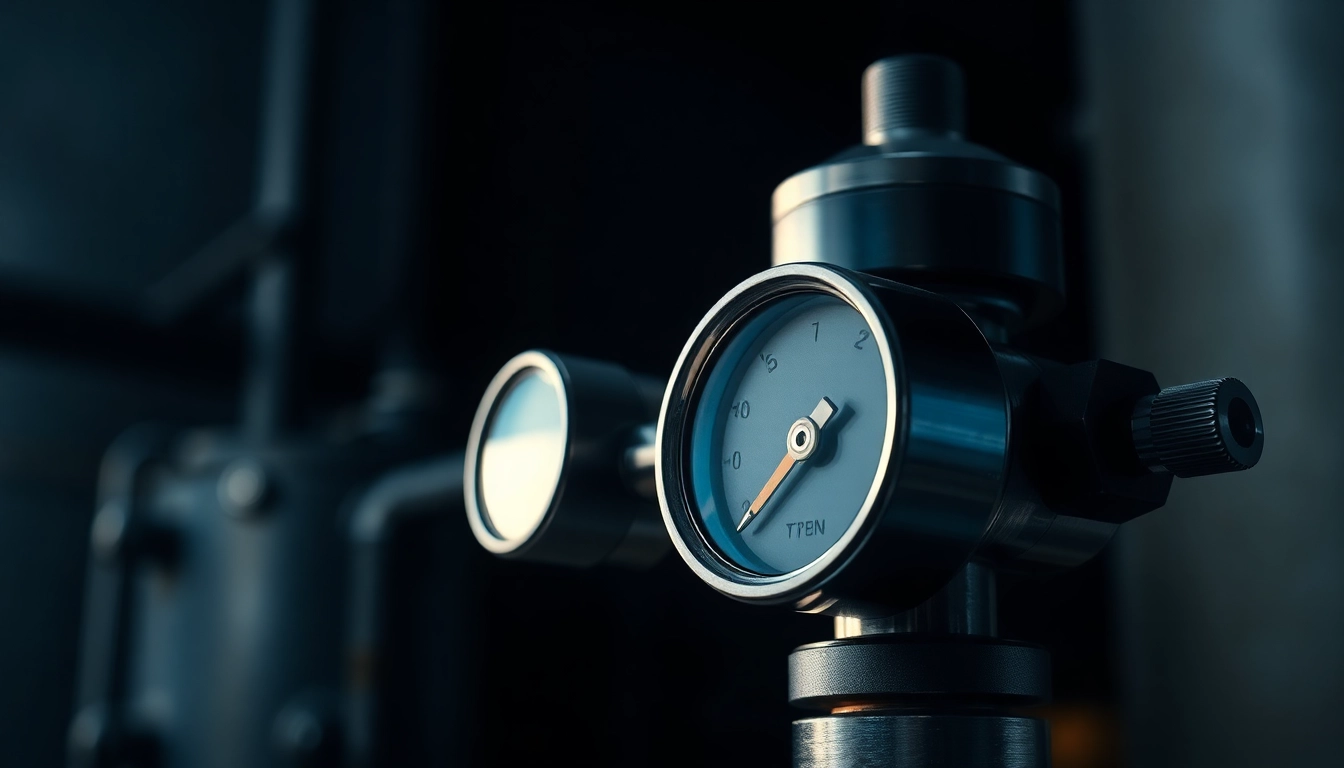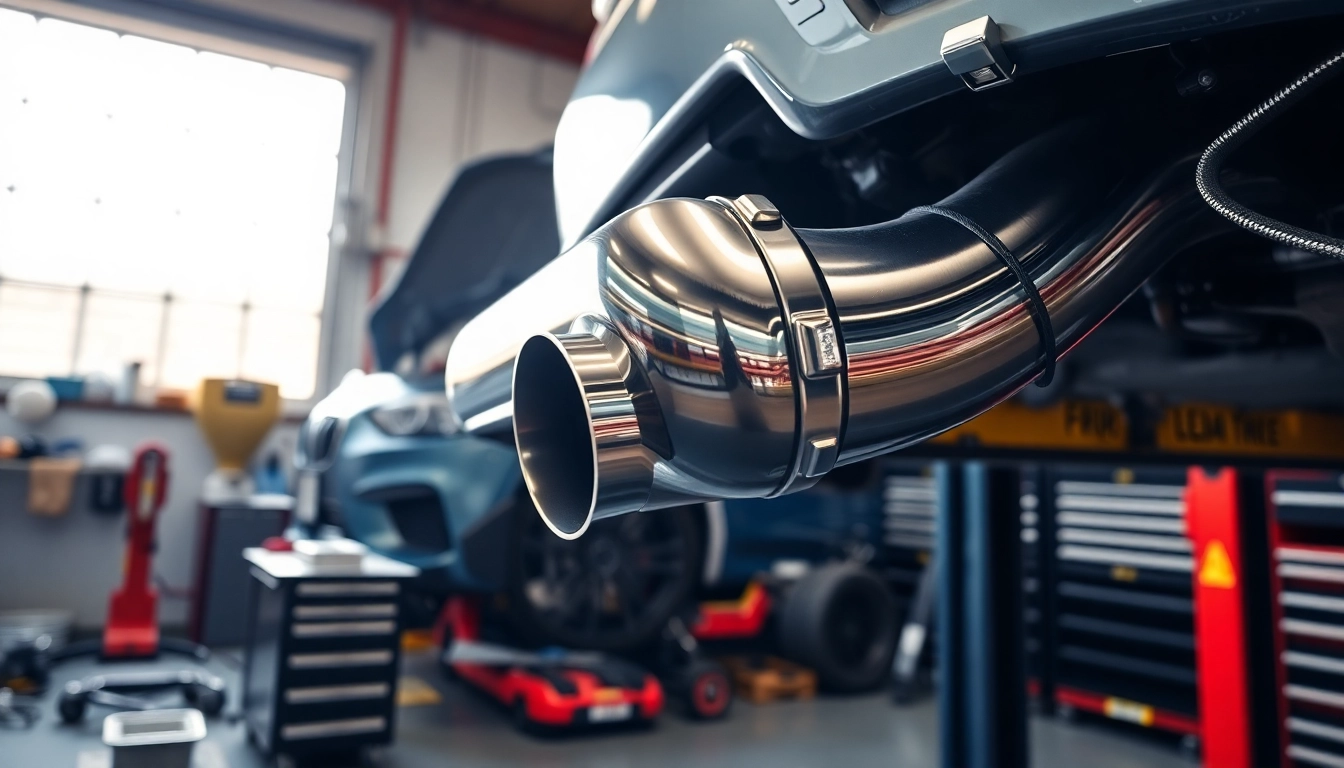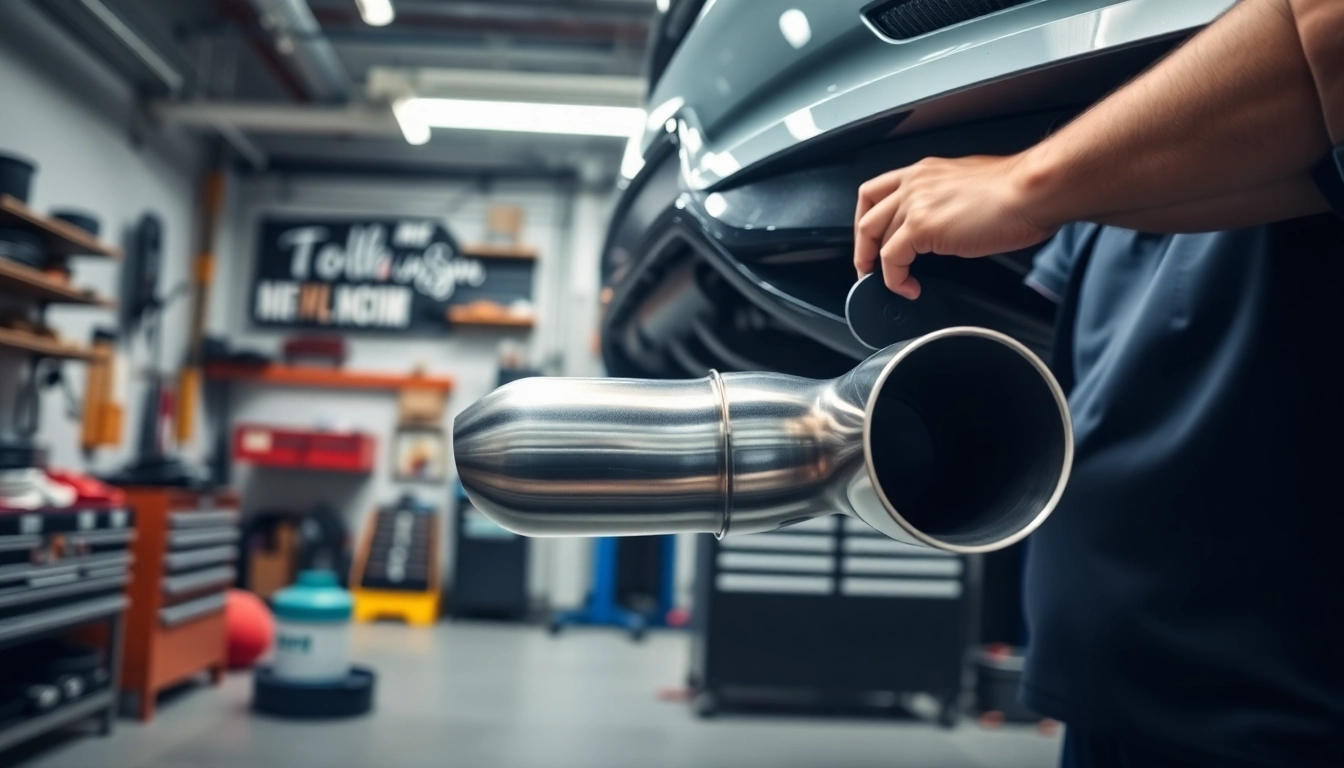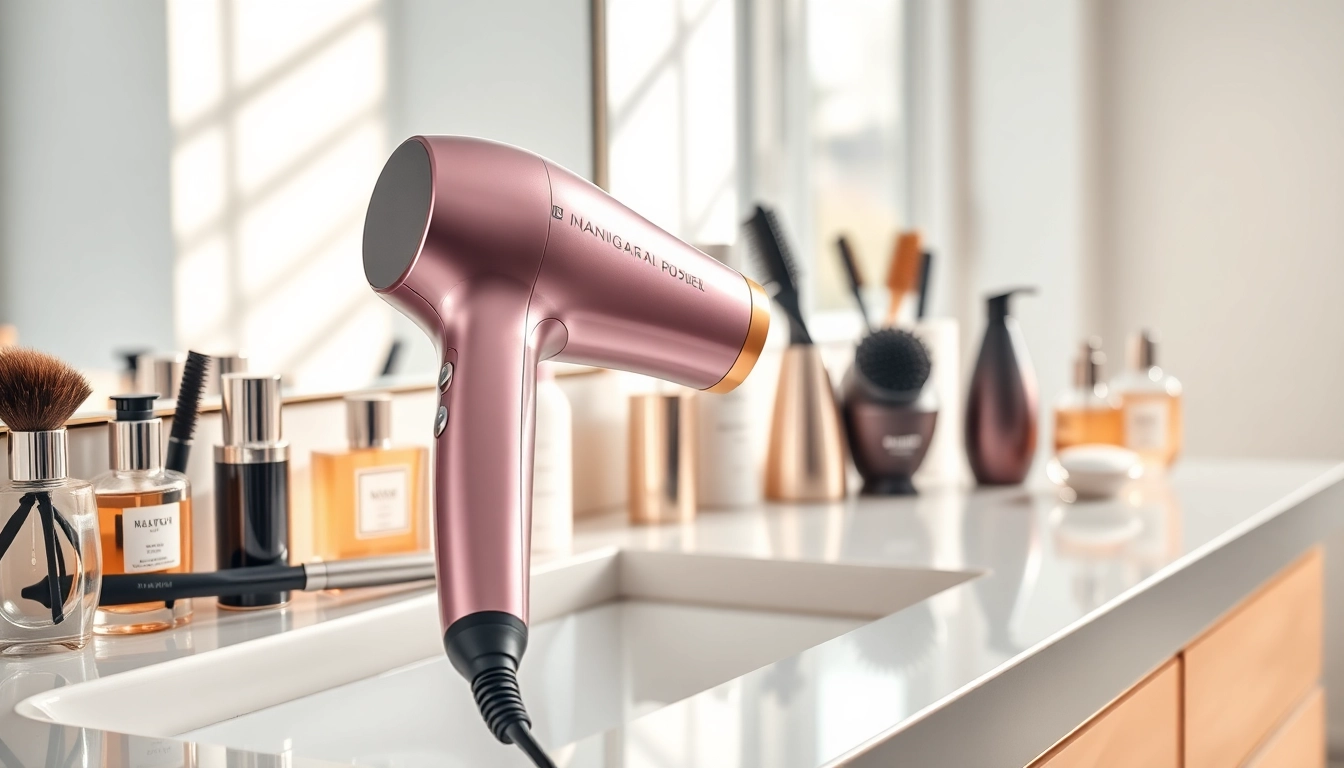
Introduction to Nitrogen Regulators
Nitrogen regulators play a crucial role in various industrial and laboratory applications, controlling the flow and pressure of nitrogen gas. Whether you’re working in HVAC systems, food and beverage industries, or laboratories, understanding these tools is essential for safety and efficiency. To effectively manage the pressure of nitrogen gas, it’s important to utilize a reliable nitrogen regulator that meets specific operational needs. In this comprehensive guide, we delve into the intricacies of nitrogen regulators, their types, applications, and tips to choose the right one for your requirements.
What is a Nitrogen Regulator?
A nitrogen regulator is a mechanical device that controls the pressure and flow of nitrogen gas from a tank or cylinder to applications where it is needed. Its primary function is to reduce the high pressure from the gas source to a lower, more manageable pressure suitable for operational use. This process is vital across multiple sectors, and using the right nitrogen regulator ensures that systems operate efficiently, safely, and accurately.
How Nitrogen Regulators Work
Nitrogen regulators typically consist of a few key components: the inlet for the gas source, a pressure gauge, and an outlet that connects to the application. When nitrogen gas enters the regulator, it passes through a pressure-reducing valve that adjusts the gas pressure according to the preset value, which is indicated on the gauge. The system can then deliver a steady flow of nitrogen at a specified pressure suitable for the equipment or application in use.
Applications of Nitrogen Regulators
Nitrogen regulators are versatile and used in various applications, including:
- Food and Beverage Industry: Used for nitrogen flushing to extend the shelf life of products.
- HVAC Systems: Critical for pressure testing and purging refrigerant lines.
- Laboratories: Vital for controlling the atmosphere within controlled environments.
- Aerospace: Used in fuel systems and instrument calibration for precision and safety.
- Manufacturing: Essential in welding processes and inerting to prevent oxidation.
Types of Nitrogen Regulators
Fixed vs. Adjustable Nitrogen Regulators
Nitrogen regulators can be broadly categorized into fixed and adjustable types:
- Fixed Regulators: These regulators are preset to a specific outlet pressure. They offer simplicity and are often used in applications where consistent pressure is required, with minimal risk of adjustment. Their reliability makes them a common choice in many industries.
- Adjustable Regulators: These provide flexibility, allowing users to set outlet pressure according to varying operational demands. They are ideal for applications that experience changes in pressure requirements, giving operators the control needed to adapt to different conditions.
Single Outlet vs. Dual Outlet Options
Nitrogen regulators are also available in single and dual outlet configurations:
- Single Outlet Regulators: These are typically used in applications where only one nitrogen line is needed. They are straightforward and often lighter and more compact, making them easy to integrate into existing setups.
- Dual Outlet Regulators: These offer the ability to supply nitrogen to multiple lines simultaneously. They are beneficial for operations that need to service several tools or systems from a single gas source, making them highly efficient in multi-tasking environments.
Special Features to Consider
When selecting a nitrogen regulator, consider additional features that can enhance operational efficiency:
- Built-In Pressure Gauges: These provide real-time feedback on the nitrogen pressure, helping operators to monitor and adjust as necessary.
- Material Quality: Regulators are often made from brass or stainless steel. Choose materials that resist corrosion and are suitable for the specific gas being used.
- Temperature Ratings: Ensure the regulator can operate effectively within the temperature ranges of your application.
Choosing the Right Nitrogen Regulator for Your Needs
Pressure Requirements and Flow Rates
Before selecting a nitrogen regulator, it’s crucial to understand the pressure requirements of your specific application. Nitrogen gas can be supplied at a range of pressures depending on the process. Determine the maximum and minimum pressures your equipment can handle and choose a regulator that can encompass that range while providing consistent flow rates.
Compatibility with Equipment
Compatibility is another critical factor when selecting a nitrogen regulator. Ensure that the regulator’s inlet and outlet connections align with your existing equipment. A mismatch can lead to inefficient performance or potential hazards. Also, consider whether you require additional fittings or adapters for certain applications.
Common Brands and Models
Several brands are recognized for their quality nitrogen regulators, including:
- Victor: Known for durability and precision in industrial applications.
- Smith: Offers models with advanced features tailored for various pressures and flow rates.
- Radnor: Popular for providing reliable performance and affordability.
Additionally, exploring user reviews and specifications can aid in making a well-informed purchasing decision.
Installation and Maintenance of Nitrogen Regulators
Installation Guidelines for Efficiency
Proper installation of a nitrogen regulator is essential for optimal performance:
- Follow Manufacturer Instructions: Always adhere to the specific guidelines provided by the manufacturer during installation. This ensures safety and reliability.
- Leak Testing: After installation, perform a leak test using soapy water to detect any potential leaks. This step is vital to ensure safety during operation.
- Secure Connections: Ensure all connections are tight and appropriate for the pressure ratings of the nitrogen being used.
Regular Maintenance Practices
Regular maintenance is key to prolonging the life of your nitrogen regulator. Here are some best practices:
- Routine Inspections: Regularly inspect the regulator for wear, corrosion, or leaks, especially if it’s used in harsh environments.
- Cleaning: Keep the regulator clean from dust and debris, as contaminants can impact performance and safety.
- Calibration Checks: Periodically verify that the regulator maintains the proper output pressures against known standards to ensure accuracy.
Troubleshooting Common Issues
Troubleshooting issues with nitrogen regulators can often be straightforward if you know what to look for:
- Pressure Fluctuations: If you notice fluctuations in pressure, check for leaks in the system and verify that the regulator is properly calibrated.
- Low Flow Rates: Insufficient flow might indicate a blockage in the regulator or connected lines. Inspect filters and ensure they are clean.
- Gauge Malfunction: If the gauge is unresponsive, it may require repair or replacement. It’s crucial for maintaining safe and accurate operation.
Conclusion and Recommendations
Summary of Key Takeaways
Nitrogen regulators are indispensable tools in managing nitrogen gas pressure and flow in various applications, from industrial to laboratory settings. Choosing the right regulator based on your specific needs ensures efficient, safe, and effective operations. Understanding the types, specifications, and maintenance practices can help maximize performance and lifespan.
Top Picks for Nitrogen Regulators
While the right choice varies by application, some top picks often highlight based on reliability, durability, and features are:
- Victor G Series – Known for precision and reliability in industrial environments.
- Smith 30 Series – Offers excellent performance at various pressure ratings.
- Radnor Medium Duty Regulators – Balances cost-effectiveness with quality.
Where to Buy Nitrogen Regulators
Nitrogen regulators are widely available through various online platforms, industrial supply stores, and specialized gas equipment suppliers. Ensure that you choose a reputable source that offers quality products and good customer service. Consider platforms with a robust return policy and support services for assistance with selection and installation.






